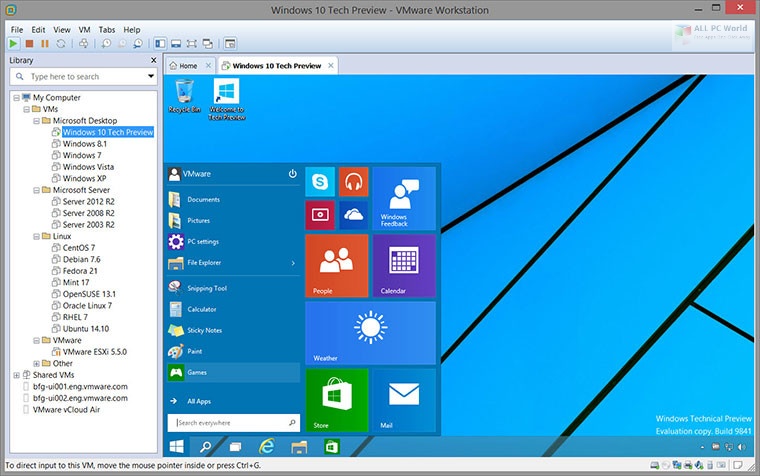
Replace the variables with the values you found above and the DOMAIN with the name of the machine.

With libvirt, a libvirt qemu hook can be used to automatically create the virtual GPU when the machine is started, and to remove it when the machine is stopped. # echo 1 > /sys/bus/pci/devices/$GVT_PCI/$GVT_GUID/remove All created virtual GPUs will land in /sys/bus/pci/devices/$GVT_PCI/ - if you would like to remove a virtual GPU, you can do: You can repeat this as many times as you want with different GUIDs. # echo "$GVT_GUID" > "/sys/devices/pci$/$GVT_PCI/mdev_supported_types/$GVT_TYPE/create"

Use the GUID you have created to create a virtual GPU with a chosen type:

Pick a type you want to use - we will refer to it as $GVT_TYPE below. Note: If the directory is presented but contains nothing, you may try to increase the AGP aperture size in your computer firmware. A single virtual GPU can be assigned only to a single virtual machine - create as many GUIDs as you want virtual GPUs. Generate a virtual GPU GUID ( $GVT_GUID in commands below) which you will use to create and assign the virtual GPU.It looks like this: 0000:00:02.0 - you can look it up by running lspci -D -nn, looking for VGA compatible controller: Intel Corporation HD Graphics. Find the PCI address and domain number of your GPU ( $GVT_PCI and $GVT_DOM in commands below), as it resides in /sys/bus/pci/devices.Add i915.enable_guc=0 to kernel parameters, see warning at Intel graphics#Enable GuC / HuC firmware loading.Set i915 module parameter enable_gvt=1 to enable GPU virtualization.Enable kernel modules: kvmgt, vfio-iommu-type1 and mdev.Enable IOMMU by adding intel_iommu=on to your kernel parameters.(The virtual GPU actually does need specialized drivers to work correctly, but all the required changes are present in the latest upstream Linux/Windows drivers.) The guest with a virtual GPU sees it as a "regular" GPU - just install the latest native drivers. You will have to create a virtual GPU first, then assign it to your virtual machine. Refer to QEMU/Guest graphics acceleration#SR-IOV for more details. For Xe Architecture (Gen12) based GPUs, SR-IOV feature is needed instead. See this Intel Support Post and this Github Issue for details.Ĭurrently Ice Lake supports GVT-d only. Intel GVT-g currently only works with Intel Broadwell (5th gen) to Comet Lake (10th gen), this is due to a lack of support in the i915 driver for Ice Lake (10th gen mobile processors), Rocket Lake (11th gen desktop) and newer. 5.7 Changing the display resolution of virtual GPU.5.6 Host hanging when trying to suspend.5.3 Using Intel GVT-G in combination with PRIME render offload.



 0 kommentar(er)
0 kommentar(er)
